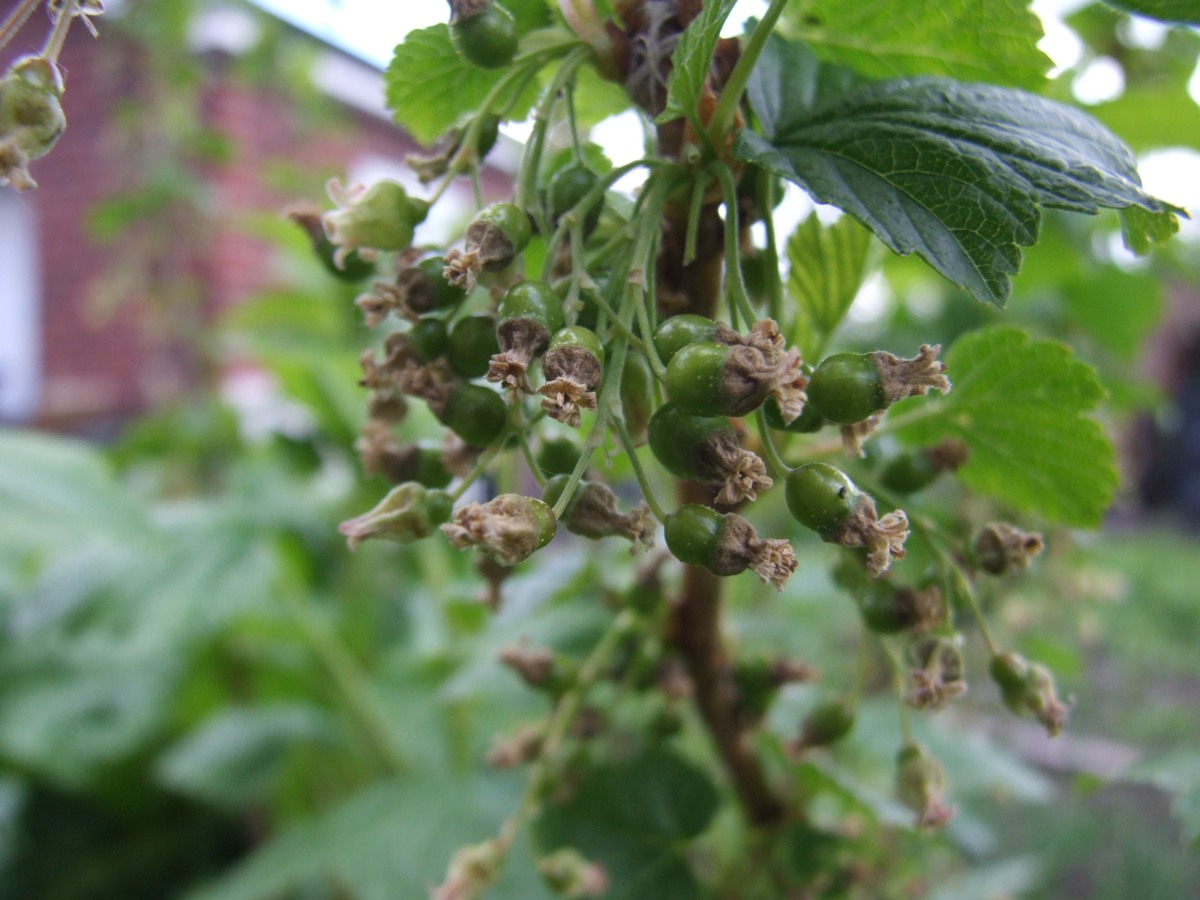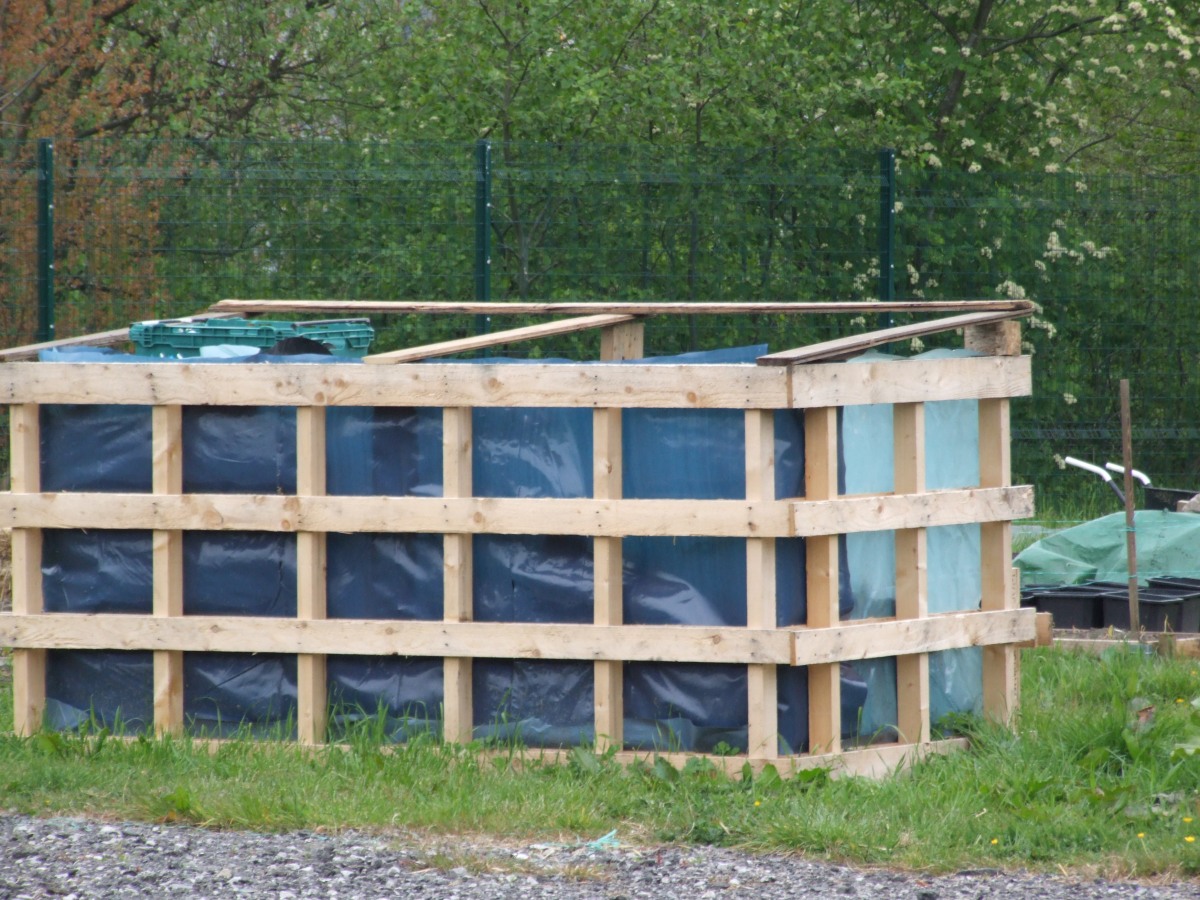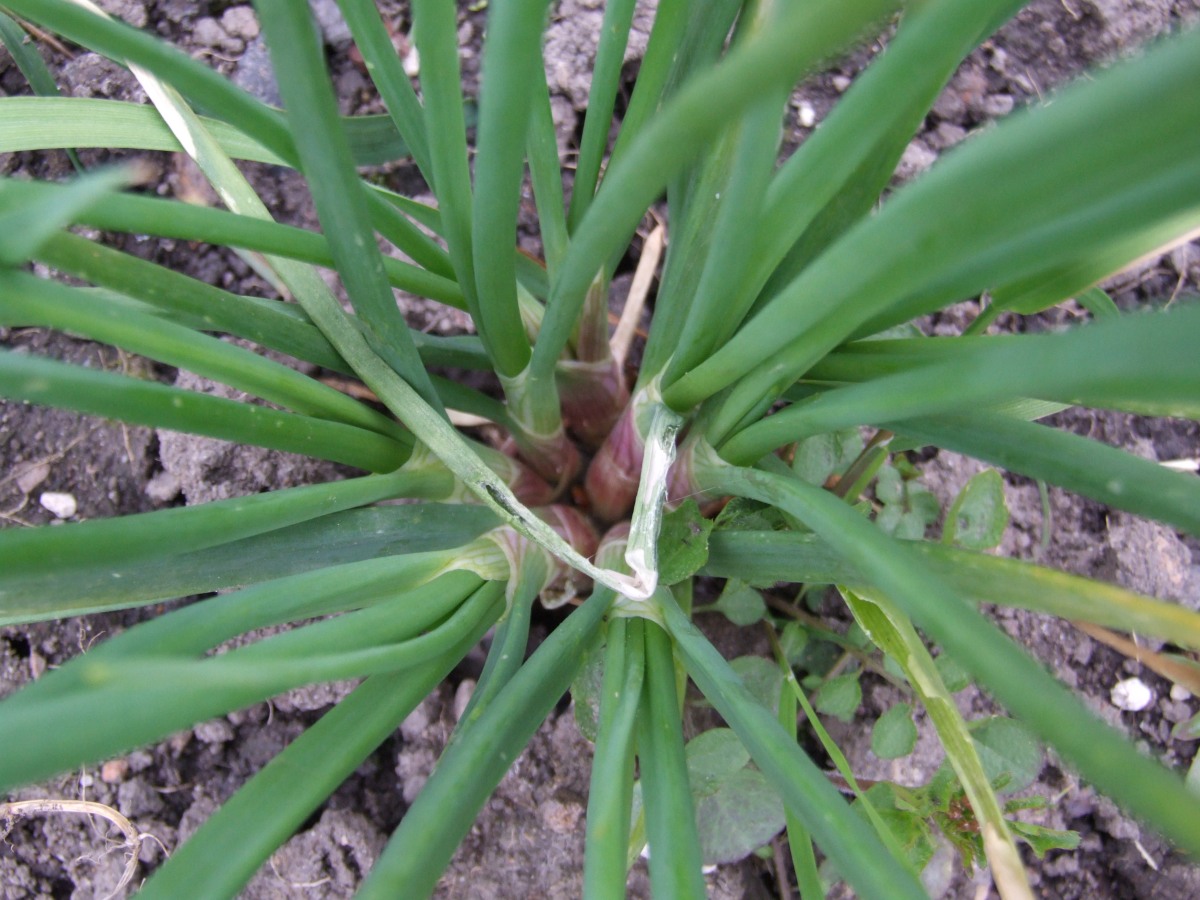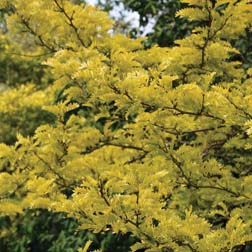Archive for May, 2012
Blackcurrants forming well
Tuesday, May 22nd, 2012
Blackcurrants forming well.
Allotment news
Sunday, May 20th, 2012Not got a shed but Want to collect water still?
Friday, May 18th, 2012 I’ve not got a shed on my allotment and I can’t justify getting one, so I was wondering how I could collect water on my plot.
I’ve not got a shed on my allotment and I can’t justify getting one, so I was wondering how I could collect water on my plot.
I’ve got a massive compost bin so thought about putting a sloped roof on that and adding guttering and a barrel.
I mentioned it to the bloke on the plot next to me who has an equally bin compost bin and he’s cut the wood for his roof for his compost roof already!
He’s impressed with the idea so is going to get on and get his sorted. I’ve got to find some long pallet wood to use. I’d been given four long pallets but gave the ones I hadn’t used on my bin to this bloke for his bin.
Hopefully I’ll find some long bits of wood, plastic and a barrel – I’ve got a bit of guttering although I don’t know if it’s long enough!
How do shallots grow?
Friday, May 18th, 2012If you’ve never seen shallots grow you might wonder how they produce lots of bulbs from one plant.
Here’s a photo from above of some that were planted in the autumn.

You plant one shallot bulb in the soil ideally in autumn although you can plant them in the spring too. The bulb grows a mass of shoots from the top and these are each from separate new bulbs.
You can apparently chop the green leaves and use them too.
Allotment today
Friday, May 18th, 2012Here’s a photo of my peas.

The weather has been a bit grim again today – not cold but a real wintery look to the sky.
Nettle week
Friday, May 18th, 2012Be nice to nettles week – 16 – 27 May 2012
I don’t recommend you hug a nettle though!
Almost everyone is familiar with the nettle having experienced its formidable sting. To many it is a troublesome weed that should be eradicated wherever it is found. This point of view has only recently developed. Indeed the humble nettle has played, and continues to play, an important role in the natural world…
Wickes gardening event sale – 25% off
Friday, May 18th, 2012Gardening Event
Offer: 25% Off ALL these gardening things
Categories (Top Selling): Deck Boards, Deck Lights, Trellis, Garden Sleepers, Border Log Rolls, Landscape Fabrics and 2.5L Apply & Protect Decking Stain
Other Categories: Screening, Wooden Border Edging, Bamboo Edging and Garden Hand Tools.
Starts: Friday 18th May 2012
Ends: Monday 21st May 2012 (at 23.59pm)
Wickes Compost offer
Friday, May 18th, 2012Wickes has also got a great offer on multi-purpose compost
Offer: Wickes
70L Multi-Purpose Compost – Only £3 a Bag
Starts: Friday 18th May 2012
Ends: Monday 21st May 2012 (at 23.59pm)
Drought almost over
Wednesday, May 16th, 2012It looks like the drought has been averted for much of the country thanks to the copious amounts of rain we’ve had in the last few weeks.
Just in case it comes back though, think carefully about the plants you buy.
This lovely tree is more drought tolerant than many so a good choice in the South East of England perhaps.
Lovely tree at Thompson & Morgan
Honey Locust Tree – Part of the Alan Titchmarsh Collection – 1 bareroot £19.99
Small trees are useful in the garden, so add structure to your border with this handsome, yet manageable beauty. As the foliage emerges during spring, it’s the most intense golden colour. It changes to lime green as the season progresses, but keeps on glowing right through the summer. Thanks to its Australian origins, it’s drought resistant, thrives in sun and is very hardy too.
The fruit of the Honey locust is a flat legume (pod) that matures in early autumn. The pods are generally between 15–20 cm. The pulp on the insides of the pods is edible








